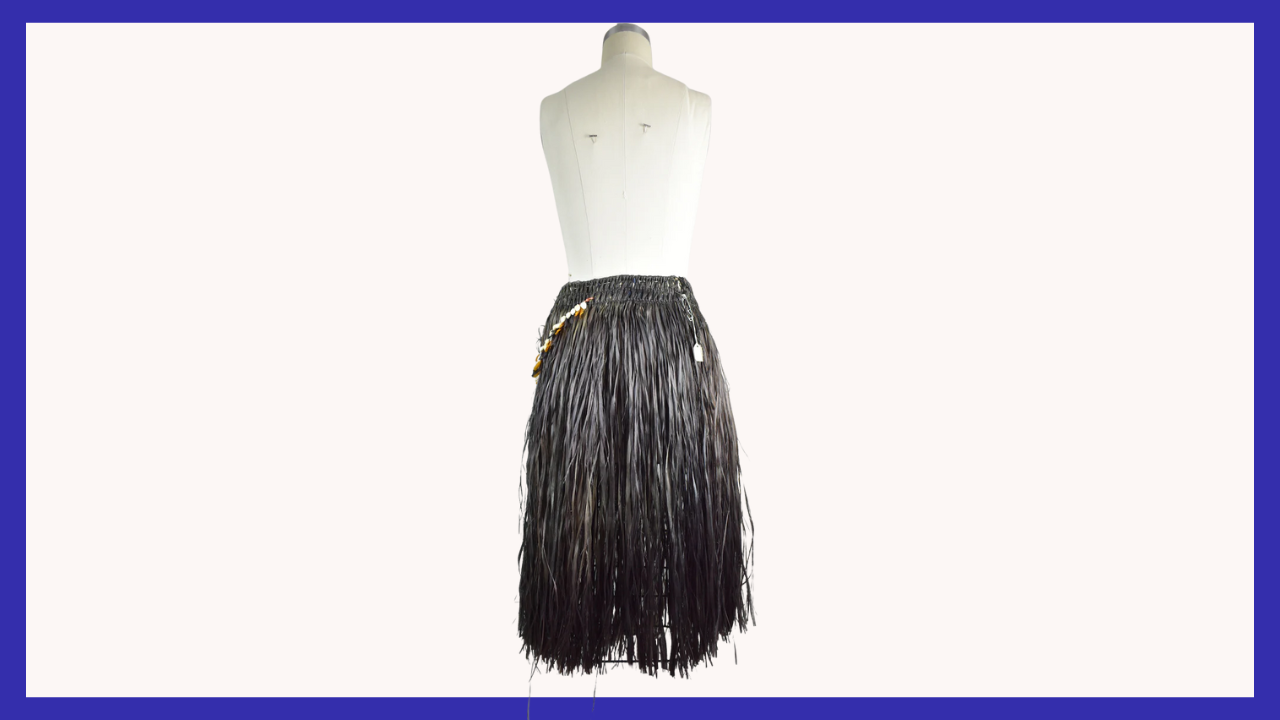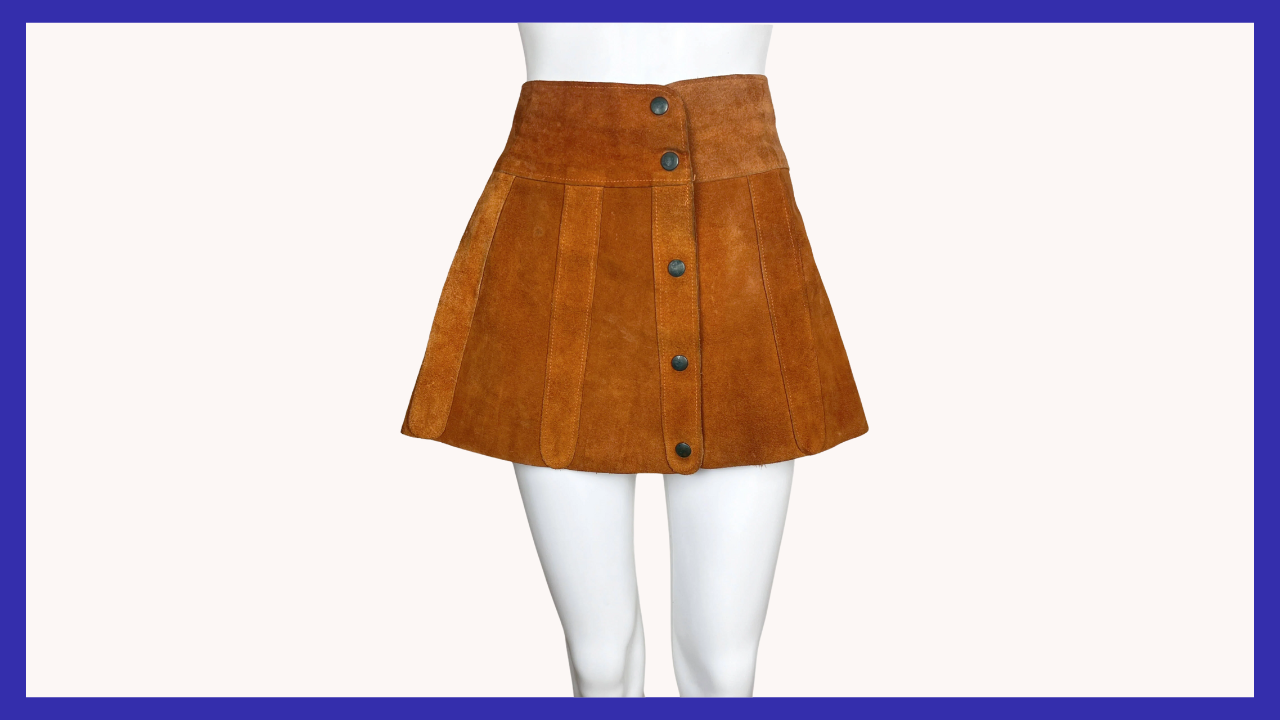AllVintageStyles
The Ultimate Vintage Fashion Encyclopedia
Grass Skirt

Decorative skirt made from natural or synthetic grass-like materials, popularized in Western fashion through Hawaiian tourism and tiki culture movements.
Quick Facts
- Era: 1940s-1960s (peak popularity 1945-1965)
- Origin: Pacific Islands (commercialized in United States resort fashion)
- Garment Type: Waist-tied skirt with hanging grass or raffia strands
- Key Identifiers: Natural fiber construction, drawstring waist, knee-length strands, elastic or cord waistband
- Typical Resale Price: $45-$150 (authentic vintage resort pieces)
- Best For: Tiki parties, vintage Hawaiian events, costume collectors
History & Evolution
Grass skirts entered Western fashion during the 1940s through increased Hawaiian tourism and military presence in the Pacific. American servicemen and tourists brought back commercialized versions as novelties and resort wear. The tiki culture movement of the 1950s popularized grass skirts in mainland United States, appearing in nightclub performances, themed restaurants, and vacation wardrobes.
Peak commercial production occurred during the 1950s-early 1960s as Hawaiian statehood and jet travel made tropical themes fashionable. Manufacturers created synthetic versions using rayon, paper, and plastic materials alongside traditional raffia. The garments appeared in Hollywood films, tourist shops, and department store novelty sections, becoming symbols of exotic escapism rather than authentic cultural dress.
By the late 1960s, grass skirts declined in mainstream fashion as cultural awareness increased and tropical themes evolved. The style persisted in costume contexts and themed entertainment venues. Vintage examples from the commercial tiki era represent a specific period of American fascination with Pacific Island aesthetics, though divorced from original cultural significance.
Authentication Tips
Authentic 1940s-1960s Features:
- Natural raffia or dried grass materials with organic texture variations
- Hand-knotted or sewn attachment to fabric waistband base
- Cotton or canvas waistband with period-appropriate construction
- Original paper or fabric labels from Hawaiian tourist shops
- Uneven strand lengths showing natural material characteristics
Common Reproductions/Modern Pieces:
- Synthetic plastic or paper materials with uniform coloring and texture
- Machine-attached strands with modern adhesives or heat-sealing
- Elastic waistbands using modern stretch materials
- Mass-produced construction lacking hand-finished details
- Bright artificial colors not available in natural grass materials
Styling & Use Cases
- Best for tiki enthusiasts: Combine with fitted tropical print tops and sandals for authentic 1950s Polynesian party styling
- Ideal for costume events: Pair with coconut bras and lei accessories for themed parties requiring tropical or Hawaiian looks
- Perfect for vintage collectors: Display as examples of mid-century American tourist culture and commercialized exoticism
Modern styling tips:
- Layer over fitted shorts or swimwear for contemporary festival or beach party wear
- Use as decorative accent piece rather than standalone garment for cultural sensitivity
- Incorporate into vintage Hawaiian shirt collections as complementary 1950s resort wear
FAQ
Q: How can I tell if a grass skirt is authentic 1940s-1960s vintage?
A: Look for natural raffia materials with organic texture variations, hand-knotted construction, and period-appropriate cotton waistbands. Original tourist shop labels and uneven strand lengths indicate authentic commercial vintage pieces rather than modern reproductions.
Q: What's the typical price range for vintage grass skirts?
A: Authentic 1940s-1960s commercial grass skirts range from $45-$150, depending on condition, original labeling, and provenance from specific Hawaiian tourist venues. Pieces with original shop tags or unusual construction details command higher collector prices.
Q: How should I care for a vintage grass skirt?
A: Store in dry conditions away from moisture to prevent mold and deterioration of natural fibers. Avoid cleaning with water, which can damage raffia and loosen construction. Gentle brushing removes dust while preserving delicate strand integrity.
Q: What makes 1940s-1960s grass skirts valuable to collectors?
A: Historical significance as artifacts of mid-century American tiki culture, superior natural materials compared to modern synthetic versions, and documentation of post-war tourism's impact on fashion. Authentic pieces represent specific period of commercialized Pacific Island aesthetics in mainland fashion.
📷: Vintage World Rocks



